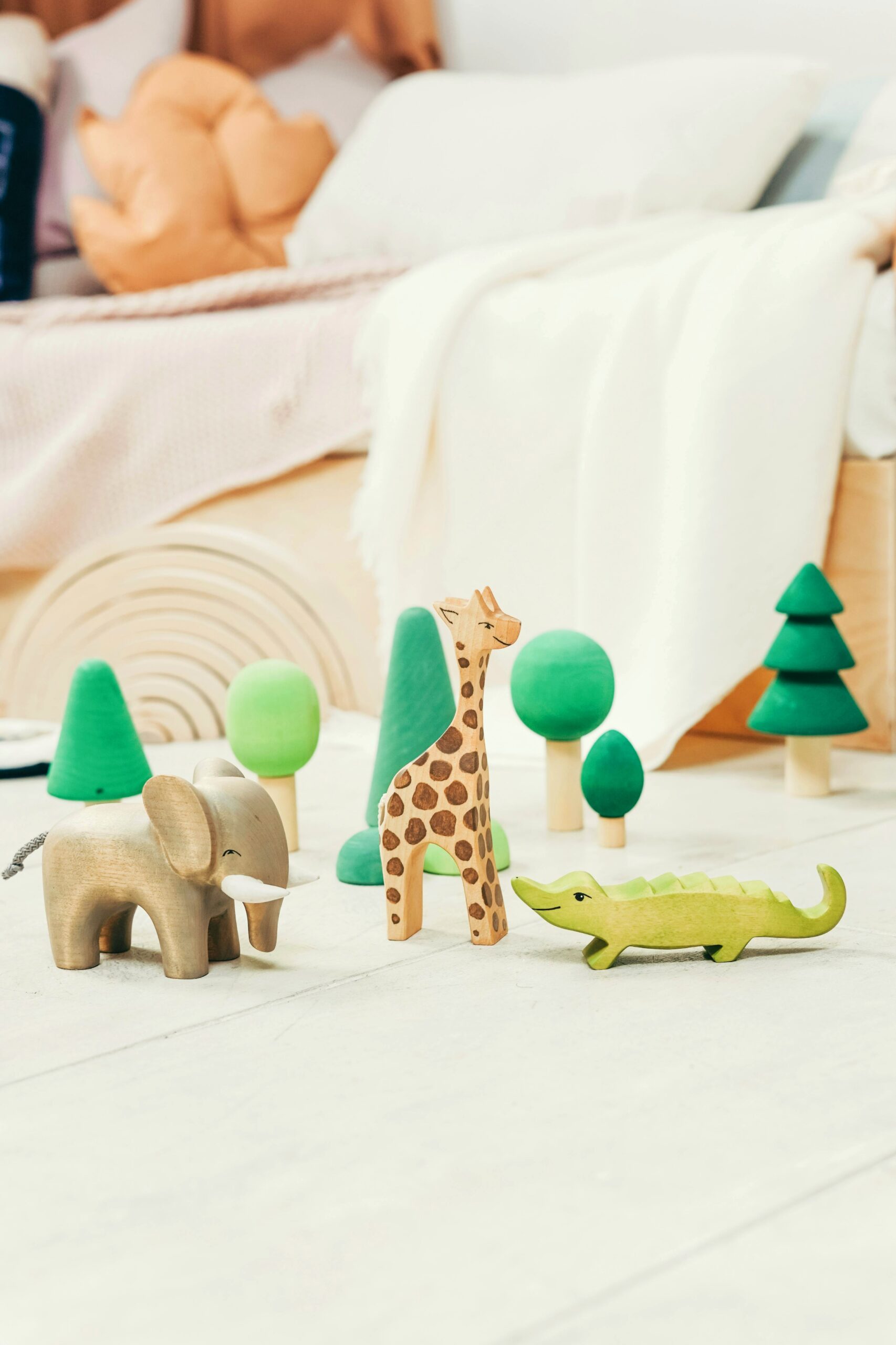Are you looking for innovative ways to help your little one master pronunciation? Look no further than Montessori Toy Activities for Pronunciation Practice! In this article, we’ll explore the power of hands-on learning and discover how carefully selected toys can transform your child’s language development journey into an exciting adventure. Let’s dive in!
Understanding the Montessori Philosophy of Learning
When it comes to education, the Montessori approach stands out for its emphasis on child-centered learning and hands-on exploration. Rather than relying solely on textbooks and lectures, Montessori educators believe in providing children with the tools and freedom to discover the world around them at their own pace.
So, how does this philosophy translate to language development? Well, in the realm of pronunciation practice, Montessori toys play a crucial role in engaging children’s senses and sparking their curiosity. By immersing themselves in interactive activities, children can naturally absorb the sounds and patterns of language, laying a solid foundation for clear and confident speech.
Selecting the Right Montessori Toys for Pronunciation Practice
Not all toys are created equal when it comes to fostering language development. To maximize the benefits of Montessori Toy Activities for Pronunciation Practice, it’s essential to choose toys that are both engaging and educational. Here are some criteria to keep in mind:
- Hands-on Engagement: Look for toys that encourage active participation and manipulation, such as wooden blocks or puzzles.
- Multisensory Experience: Opt for toys that stimulate multiple senses simultaneously, such as sound puzzles that combine auditory and tactile feedback.
- Relevance to Language Learning: Select toys that directly support pronunciation practice, such as letter blocks or picture cards with corresponding words.
Montessori Toy Activities for Pronunciation Practice
Now that we’ve covered the basics, let’s dive into some exciting Montessori Toy Activities for Pronunciation Practice that you can try with your child:
Activity 1: Letter Sound Matching Game
- Instructions: Scatter letter blocks or cards with corresponding pictures around the room. Encourage your child to match each letter to the correct picture and pronounce the word aloud.
- Benefits for Pronunciation Development: This game helps children associate letter sounds with real-life objects, reinforcing their understanding of phonetics and pronunciation.
Activity 2: Word Building with Wooden Blocks
- How to Play: Provide your child with a set of wooden blocks engraved with letters. Encourage them to arrange the blocks to form simple words and pronounce each word as they build it.
- Pronunciation Benefits: By physically manipulating the blocks, children engage their fine motor skills while also practicing articulation and phonics.
Activity 3: Sound Puzzles
- Description of the Activity: Choose a sound puzzle featuring familiar objects or animals. As your child places each piece in its corresponding slot, encourage them to say the name of the object or animal aloud.
- Pronunciation Enhancement through Tactile Engagement: The tactile feedback provided by the puzzle pieces reinforces children’s understanding of sound-symbol correspondence, helping them refine their pronunciation skills.
Incorporating Montessori Toy Activities into Daily Routine
Now that you have some exciting activities to try, it’s time to integrate Montessori Toy Activities for Pronunciation Practice into your daily routine. Here are some tips to help you get started:
- Set up a Dedicated Learning Space: Create a cozy corner or table where your child can explore Montessori toys without distractions.
- Integrate Activities into Playtime and Structured Learning Sessions: Whether it’s during playtime or a structured learning session, find opportunities to incorporate pronunciation practice into your child’s daily activities.
- Consistency and Patience: Remember, mastering pronunciation takes time and practice. Be patient with your child and celebrate their progress along the way.
Additional Tips for Maximizing Pronunciation Practice with Montessori Toys
In addition to the activities mentioned above, here are some extra tips to enhance your child’s pronunciation practice:
- Encourage Verbal Communication During Play: Engage in conversations with your child while playing with Montessori toys, encouraging them to express themselves verbally.
- Provide Positive Reinforcement: Offer praise and encouragement to motivate your child as they work on their pronunciation skills.
- Tailor Activities to Your Child’s Interests: Pay attention to your child’s interests and preferences when selecting Montessori toys and activities, ensuring they stay engaged and motivated.
FAQs about Montessori Toy Activities for Pronunciation Practice
Q: Are Montessori Toy Activities suitable for children of all ages?
A: Yes! Montessori Toy Activities can be adapted to suit children of various ages and developmental stages.
Q: How much time should I dedicate to pronunciation practice each day?
A: It’s best to incorporate pronunciation practice into your child’s daily routine in short, frequent sessions rather than long, intensive sessions.
Conclusion
In conclusion, Montessori Toy Activities for Pronunciation Practice offer a fun and effective way to help your child develop clear and confident speech. By incorporating hands-on learning experiences into your child’s daily routine, you can create an engaging environment where pronunciation practice feels like play. So why wait? Dive into the world of Montessori Toy Activities today and watch your child’s verbal skills soar!

